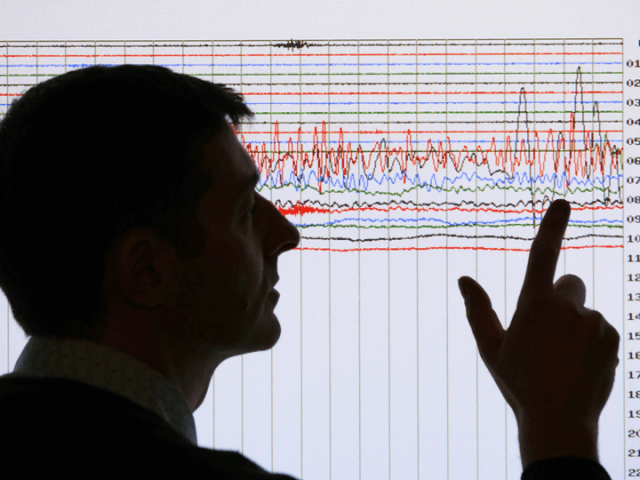The chance of a magnitude 8.0 earthquake striking California in the next 30 years has increased from 4.7 percent to 7 percent, according to a new forecast by the U.S. Geological Survey (USGS).
On Tuesday, the USGS released its Third Uniform California Earthquake Rupture Forecast (UCERF3), an updated forecast that measures how the state’s next earthquakes will be distributed on its numerous fault lines, and how big those temblors are likely to be.
According to the data, the chance of a magnitude 6.7 earthquake hitting the state decreased by roughly 30 percent. USGS scientists revised down the frequency of such quakes from once every 4.8 years to once every 6.3 years.
The disparity between the increased probability of a strong earthquake and the decreased probability of more moderate quakes lies in the complex layout of the state’s fault lines.
“The new likelihoods are due to the inclusion of possible multi-fault ruptures, where earthquakes are no longer confined to separate, individual faults, but can occasionally rupture multiple faults simultaneously,” the study’s lead author, USGS scientist Ned Field, said in a statement. “This is a significant advancement in terms of representing a broader range of earthquakes throughout California’s complex fault system.”
The chances of a magnitude 6.7 quake, like the destructive Northridge temblor of 1994, are slightly higher in Northern California (95 percent) than in Southern California (93 percent).
However, the San Andreas fault, extending from central California down to the Salton Sea near the U.S.-Mexico border, presents the greatest threat to the state because it has been 300 years since it last ruptured. The study found a 6.4 percent chance of a magnitude 6.7 or greater earthquake on the fault’s northern section, compared with a 19 percent chance of a similar rupture on the fault’s southern section, partly because the northern section erupted as recently as 1906.
The new forecast largely confirms the USGS’s previous report, UCERF2, released in 2008, even though estimates have been revised. The odds of a magnitude 7 or higher earthquake striking the state in the next 30 years currently sits at 93 percent, while the chances of a magnitude 7.5 quake are at 48 percent over the same time period, similar to estimates provided in 2008.
While scientists glean valuable information from the forecast about the likelihood of earthquakes occurring and how intense they are likely to be, they cannot yet predict when and where earthquakes will strike with any accuracy.
“We are fortunate that seismic activity in California has been relatively low over the past century,” director of the Southern California Earthquake Center and study co-author Tom Jordan said. “But we know that tectonic forces are continually tightening the strings of the San Andreas fault system, making big quakes inevitable. The UCERF3 model provides our leaders and the public with improved information about what to expect, so that we can better prepare.”

COMMENTS
Please let us know if you're having issues with commenting.